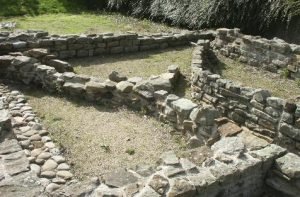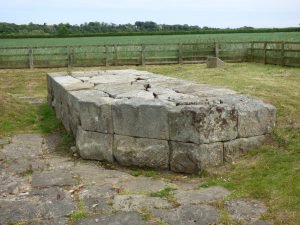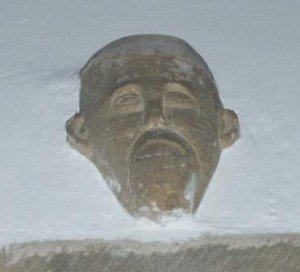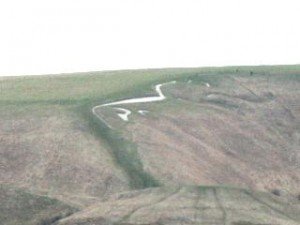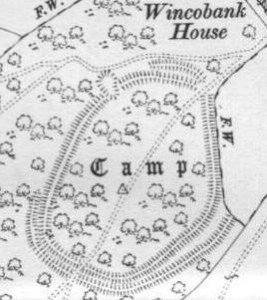The fort at Piercebridge guarded access to the Main north-south crossing of the River Tees in Roman times, a sizeable vicus grew up on it’s eastern side towards the earliest crossing point.
Blog Archive
Oxfordshire
Linked PagesUffington White HorseThe horse was dated to between 1400 – 600 BC by the Oxford University Reasearch Unit in 1995 using optical stimulated luminescence dating, it age is probably late Bronze Age.Site GalleryGallery Empty
Dumphries and Galloway
Linked DocumentsMote of Mark Hill FortThe Mote of Mark is a defended hilltop overlooking the Urr estuary. It was the court or citadel of a powerful Dark Age chieftain, possibly one of the princes of Rheged. The site was occupied during the 6th century and appears to have been destroyed by fire in the 7th …

